吸附净化技术与光催化净化技术的区别
- 2024-07-08
- 67
- 常州天之尚环保科技有限公司
常州天之尚环保科技有限公司创立于2015年,是一家专业从事油烟净化设备应用领域的生产研发及服务的国家高新技术企业,每年生产各种风量工业油烟净化设备百余台。主要产品有:高压净化设备,油烟净化设备,造粒油烟净化设备等。
吸附净化技术
吸附净化技术的原理是利用吸附剂的吸附作用吸附油烟气中的污染物,达到净化油烟的目的。选取吸附剂制造时,内表面应做到足够大,要充分考虑内部空气阻力的影响,尽可能降低内部空气阻力,从而有利于油烟中气态污染物分子的通过,该技术具体的工作原理将在第5章中详细介绍。
吸附净化技术在工业上已经相当成熟,应用这种技术的油烟净化设备成本较低,工艺简单,易于推广,不仅能去除油烟颗粒污染物,对油烟气味也有明显的消除作用。然而吸附净化技术的缺点也比较明显,设备开始运行时效果比较好,随着设备运行时间的加长,油烟开始附着在吸附剂材料上,吸附层逐渐增厚,因此吸附能力逐渐下降,运行阻力加大使得运行费用增加,达到一定程度还需要更换吸附剂,增加了设备的运行和维护成本。
光催化净化技术
光催化净化技术的核心是光催化剂,光催化剂一般为半导体材料(如二氧化钛或氮化碳),半导体粒子的能带结构是由填满电子的价带、空的导带以及价带和导带之间的禁带组成。光催化剂的工作原理为8,;通常条件下,由于禁带的限制,价带上的电子难以被激发跃迁到导带上,不具有催化活性;然而当光催化剂价带上的电子被能量等于或大于禁带宽度的光照射时,价带上的电子就会被激发跃迁到导带上形成光生电子(e7),同时价带上也会产生相应的光生空穴(h)。光生电子具有强还原性,与催化剂表面吸附的氧气分子或空气中的氧气分子结合形成超氧负离子自由基(-O2),光生空穴具有强氧化性,与催化剂表面吸附的水分子或空气中的水分子结合形成羟基自由基(OH),这两种自由基进一步与催化剂表面吸附的污染物反应,最终将其氧化为二氧化碳和水或其他小分子物质[13-18。
虽然光催化净化技术能够在室温下催化氧化多种气态污染物,但也有一定的局限性,如光催化剂需要特定的光源激发才具有催化活性,而目前使用的光催化剂基本上只能吸收紫外线,导致催化速率低,而且有些类型的光催化剂电子-空穴转移速度慢,复合概率高,严重影响催化效率。
工业油烟净化设备认为吸附净化技术于光催化净化技术各有千秋,我们应根据工况的不同选择相应或并驾齐驱的方式来解决。
Adsorption purification technology
The principle of adsorption purification technology is to use the adsorption of adsorbents to absorb pollutants in oil smoke to achieve the purpose of purifying oil smoke. When selecting adsorbent manufacturing, the inner s
urface should be large enough, the influence of internal air resistance should be fully considered, and the internal air resistance should be reduced as much as possible, so as to facilitate the passage of gaseous pollutant molecules
in the oil fume. The specific working principle of this technology will be detailed in Chapter 5.
Adsorption purification technology has been quite mature in the industry, the application of this technology of oil fume purification equipment is low in cost, simple process, easy to promote, not only can remove oil fume
particle pollutants, but also has an obvious elimination effect on oil fume odor. However, the shortcomings of adsorption purification technology are also more obvious, the equipment began to operate better effect, as the
equipment running time lengthened, the soot began to adhere to the adsorbent material, the adsorption layer gradually thickened, so the adsorption capacity gradually decreased, the operation resistance increased the operating
costs increased, to a certain extent also need to replace the adsorbent, increasing the operation and maintenance costs of the equipment.
Photocatalytic purification technology
The core of photocatalytic purification technology is the photocatalyst, which is generally a semiconductor material (such as titanium dioxide or carbon nitride), and the band structure of the semiconductor particle is composed
of a valence band filled with electrons, an empty conduction band and a gap between the valence band and the conduction band. The working principle of photocatalyst is 8. Under normal conditions, due to the limitation of
band gap, electrons in valence band are difficult to be excited to transition to conduction band and do not have catalytic activity. However, when the electrons in the valence band of photocatalyst are irradiated by light with
energy equal to or greater than the band gap width, the electrons in the valence band will be excited to transition to the conduction band to form photogenerated electrons (e7), and the corresponding photogenerated holes
(h) will be generated in the valence band. Photogenerated electrons have strong reducibility and combine with oxygen molecules adsorbated on the catalyst surface or oxygen molecules in the air to form superoxide anion free
radicals (-O2). Photogenerated holes have strong oxidizability and combine with water molecules adsorbated on the catalyst surface or water molecules in the air to form hydroxyl free radicals (OH). These two free radicals further
react with pollutants adsorbated on the catalyst surface. It is eventually oxidized to carbon dioxide and water or other small molecules [13-18].
Although photocatalytic purification technology can catalyze the oxidation of a variety of gaseous pollutants at room temperature, it also has certain limitations, such as photocatalyst requires specific light source excitation to
have catalytic activity, and the currently used photocatalyst can basically only absorb ultraviolet light, resulting in a low catalytic rate, and some types of photocatalyst electron-hole transfer speed is slow, and the probability
of recombination is high. The catalytic efficiency is seriously affected.
Industrial fume purification equipment that adsorption purification technology and photocatalytic purification technology have their own advantages, we should choose the corresponding or parallel way according to different
working conditions to solve.
- 上一篇:铜铸件油烟净化设备方案是什么
- 下一篇:高压静电技术原理



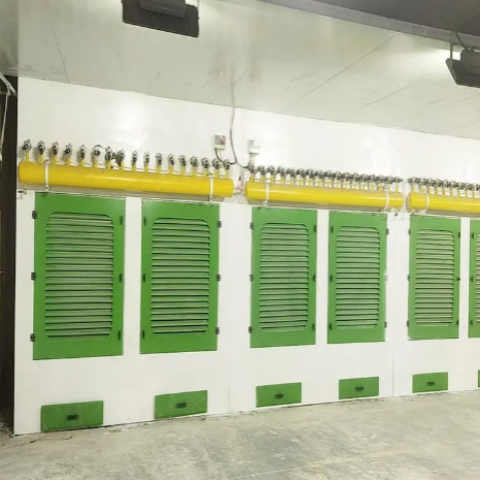
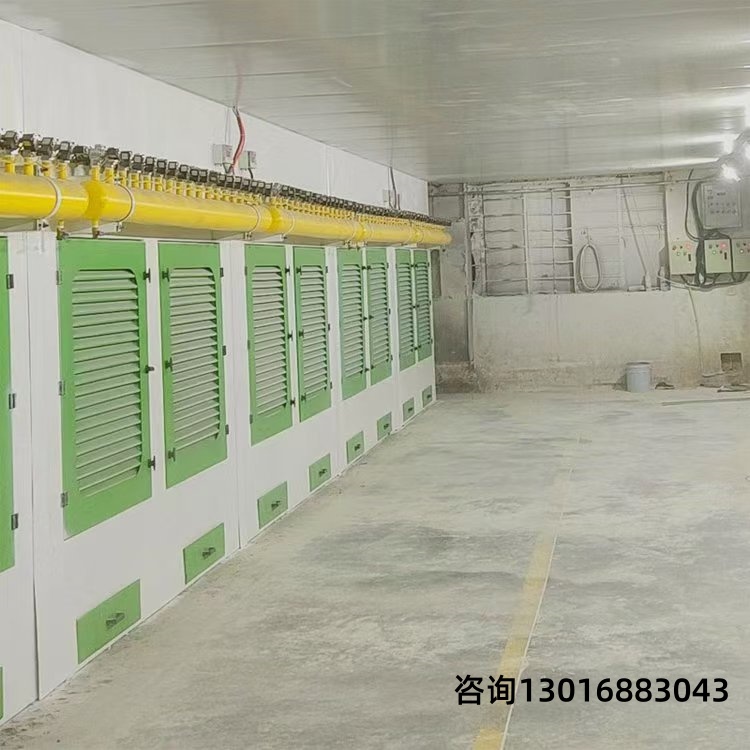
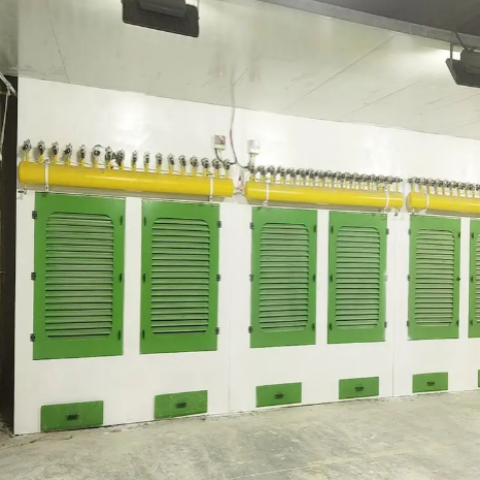
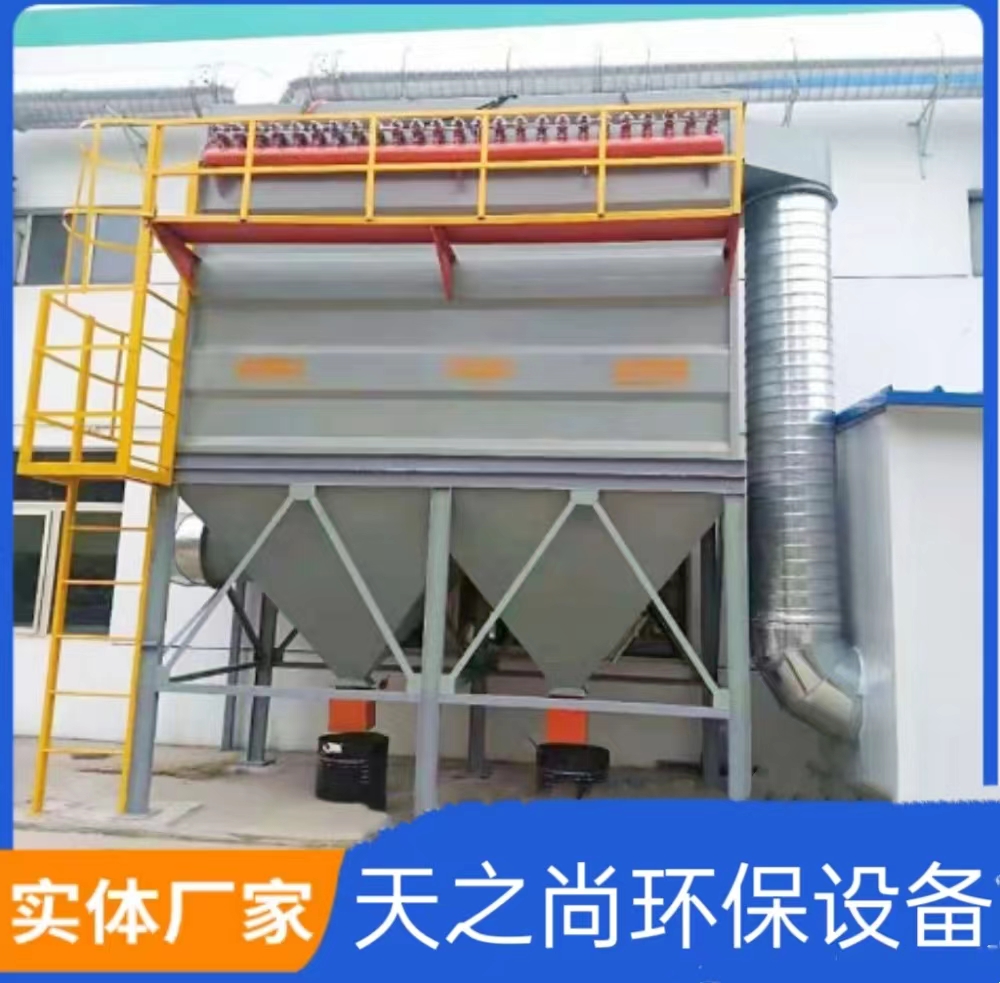
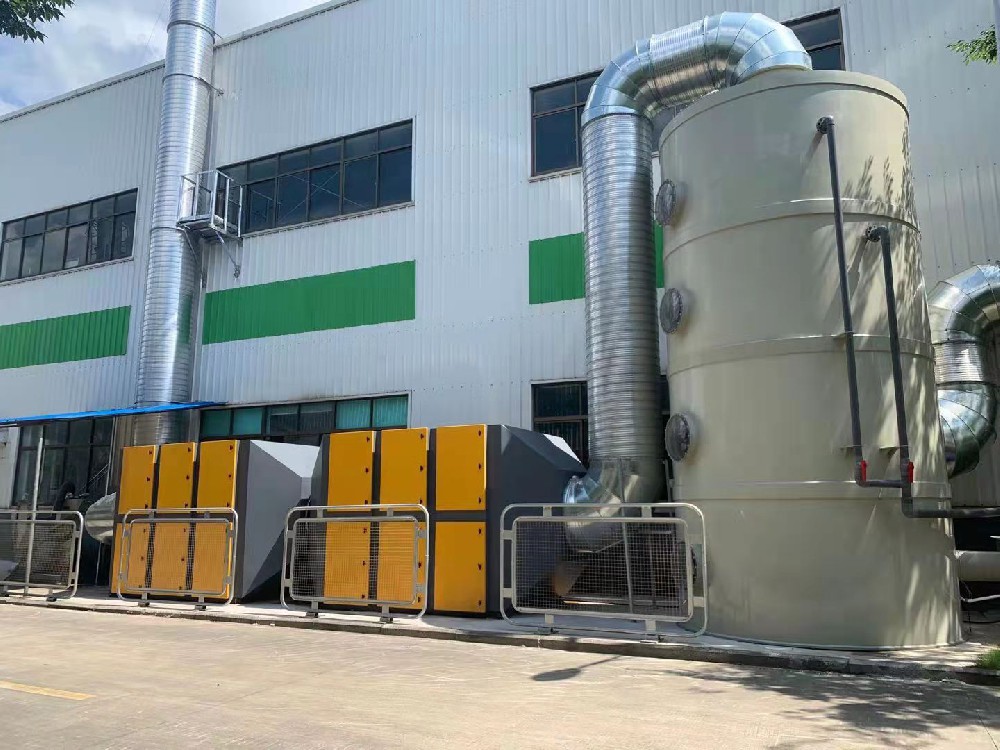
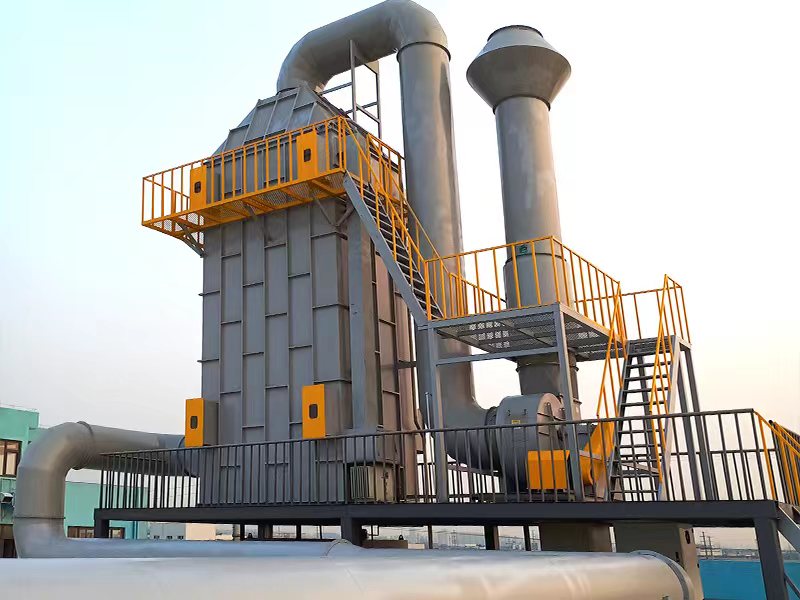
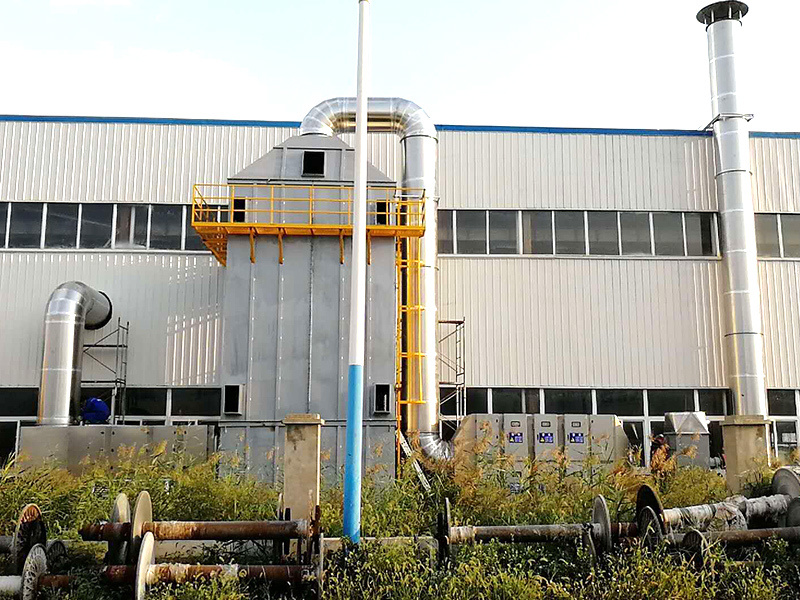
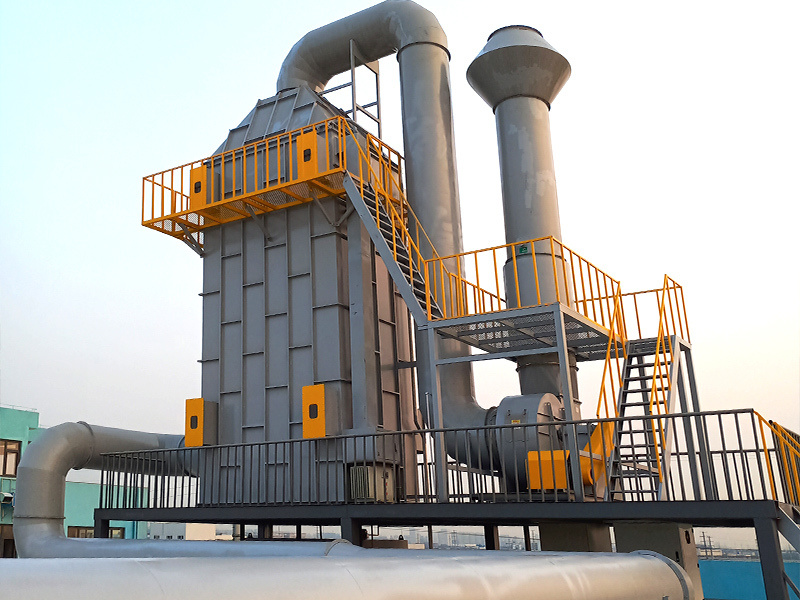
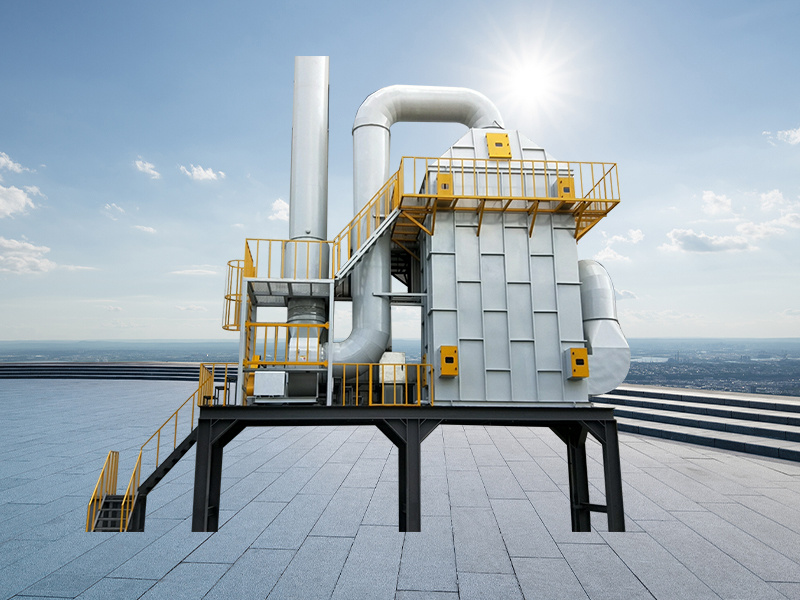
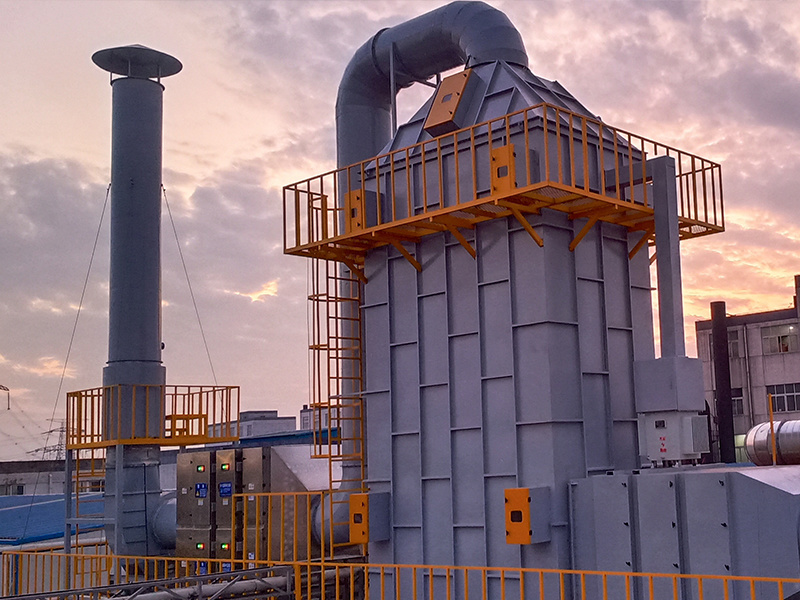

 网站首页
网站首页 产品中心
产品中心 新闻资讯
新闻资讯 一键拨打
一键拨打